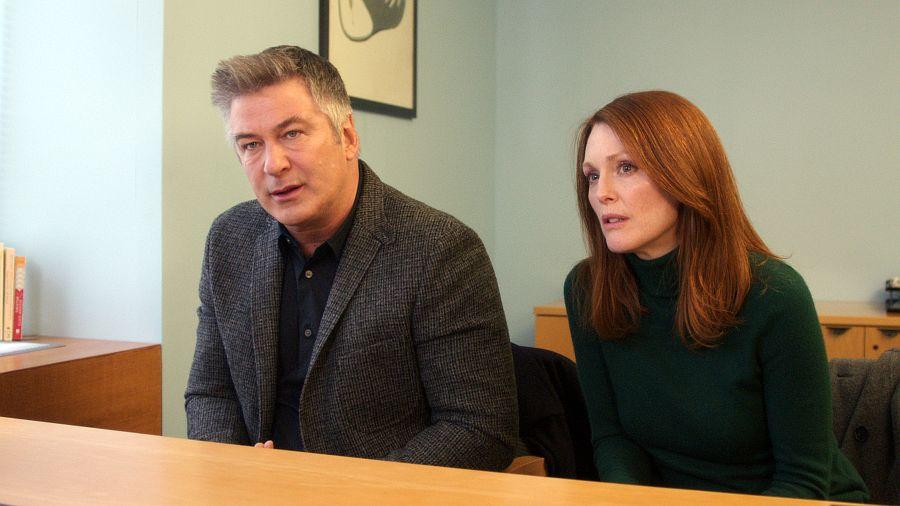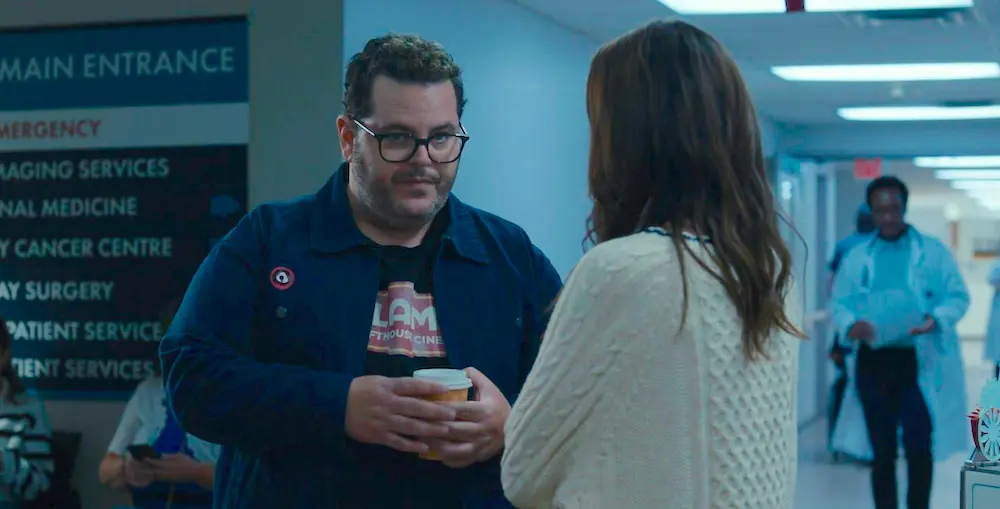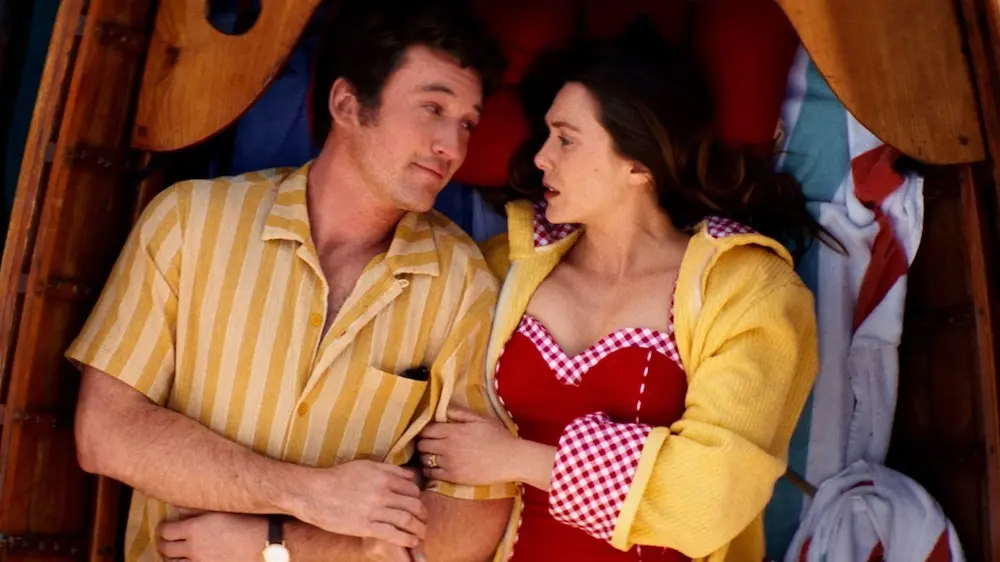Linguistics is about articulation. With neurodegenerative Alzheimer’s disease, one loses the ability to articulate.
So when Dr. Alice Howland (Julianne Moore), a linguistics professor at Columbia University, in the too-real-for-comfort “Still Alice” becomes afflicted with early-onset Alzheimer’s—it’s ironic and paradoxical. As Alice says, “I was always defined by my articulation.”
Alice, a Type-A who enjoys the stress of having it all, has her 50th birthday feted by family at an upscale New York establishment.
Family consists of aspiring actress Lydia (Kristen Stewart), lawyer Anna (Kate Bosworth), her son the doctor, Tom (Hunter Parrish of “Weeds”), and research-scientist husband John (Alec Baldwin).
Alice has enjoyed, up till now, a tenured professorship at a top-shelf school, good health, good looks, a highly intelligent and good-looking family, a good-looking brownstone, money, and the love and pride of her chosen profession.
And then, at 50, she notes more than a few “senior moments” creeping in. She loses her bearings on her daily campus jog, she loses track of the bathroom’s whereabouts at home, and she forgets appointments.
Suspecting a brain tumor, she sees a neurologist who, during their disquieting office visits, asks her (among other tests) to repeat back to him “John Black, 42 Washington Street” five minutes after he says it. She can’t.
She’s told hydration is good for memory. There’s an MRI. She’s told to bring along a close family member who knows her well.





